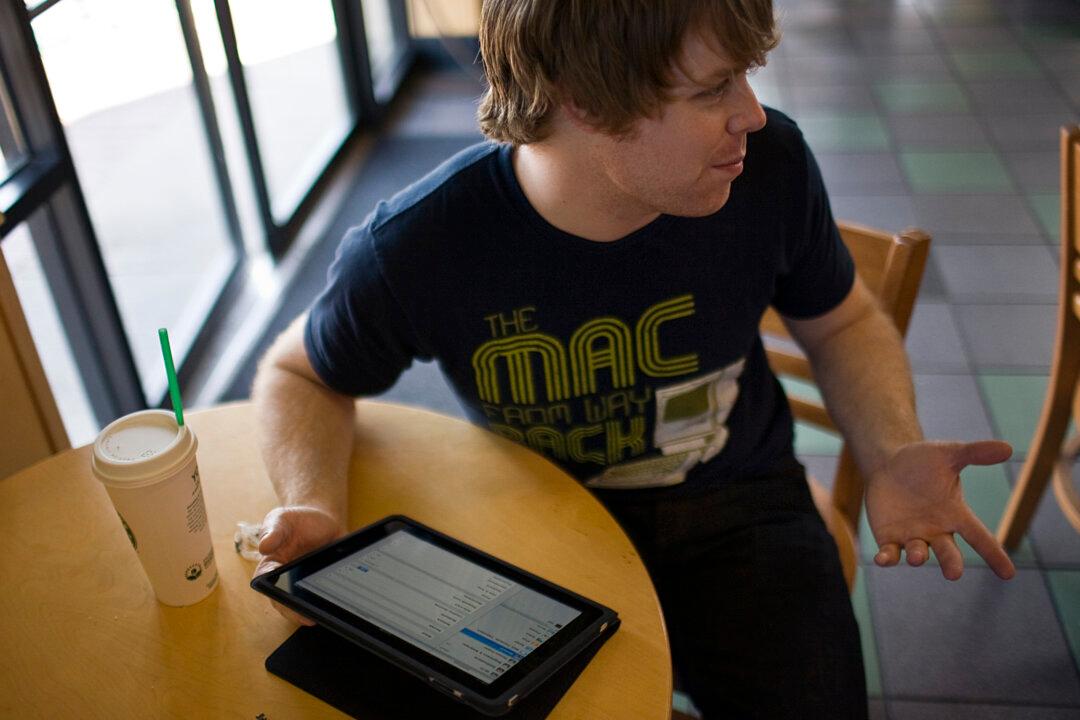In a world where cost cutting measures are the mainstay, many marketers are questioning the need for separate marketing and messaging strategies for multicultural audiences.
If you read the trades lately, many large businesses have walked away from separate marketing and messaging strategies in favor of a “total market” approach. On the surface, this may seem like a great idea. After all, it is a cost saving measure and the theory of total market is to build on one insight that fits all segments, such as: general market (all consumers), African-Americans, Latinos, Millennials, and women, etc.
The fact of the matter is that core insight may take on different meanings for each segment. Hence one size may not fit all. Additionally, the money spent on multicultural consumers is so much smaller than the general market even though if you combine the multicultural consumers together they represent the majority of the U.S. population. It stands to reason that “total market” may not work quite as well if the spending is not commensurate with the market potential.
Below are a few facts about multicultural audiences.
African-Americans consume 91 hours of media each week (highest of any segment) and spend roughly $1 trillion dollars into the U.S. economy. They continue to dictates pop culture and set trends. For African-Americans, the smartphone is key point of entry to many online activities such as web search, social, apps, and online videos.
Latinos’ consumption of media is second only to African-Americans and as a whole, they spend roughly $1 trillion dollars into the U.S. economy. Sixty percent of Latinos use their mobile devices as a primary to accessing the internet to watch videos and do social networking. Latinos also read, on average, 9.8 magazines per month.
Asian Americans tend to have the highest median household income of the entire multicultural segment. Asian Americans also generally have the highest penetration of the newest digital device ownership among all segments, including televisions, smartphones, computers, and peripherals. Video viewing on multiple devices is on the rise among this group, with rapid growth of availability in-language video apps. The top three activities Asian Americans spent on their mobile are news, music, and gaming, which represent in total over one-third of total time spent.
It is clear that the multicultural audiences are very valuable not only due to their high consumption of media but their buying clout for a variety of products and services. Multicultural consumers are brand loyal to those businesses that speak to them in an authentic and relevant voice. Plus, they support businesses that care about the causes important to them, as well as, businesses that actively support their communities.
As major corporations continue to take this total market approach, small businesses can become very competitive and nip away market share from these larger businesses by focusing on multicultural audiences. You can seize the moment by considering the revenue potential and importance that multicultural audiences can deliver.



